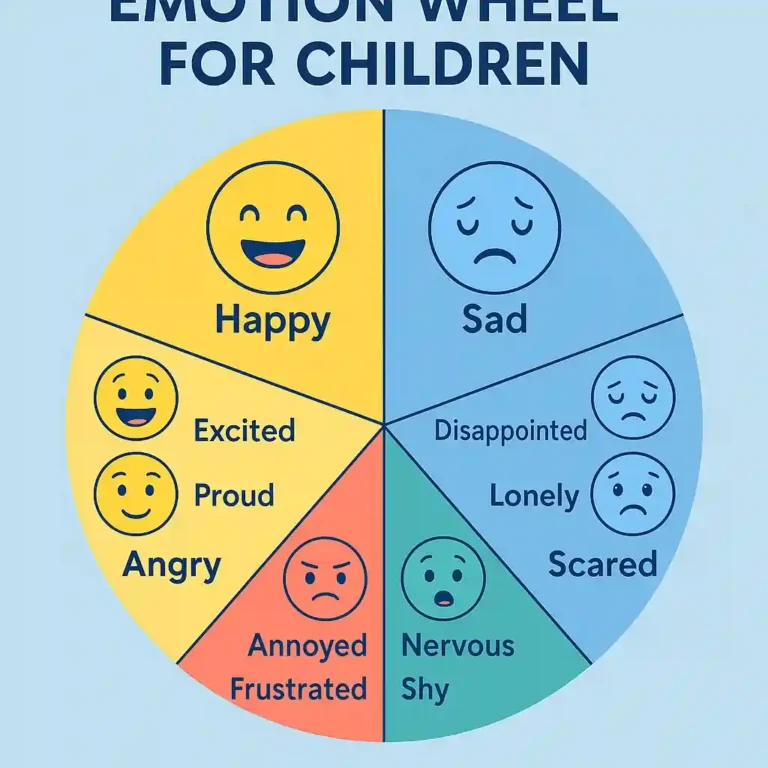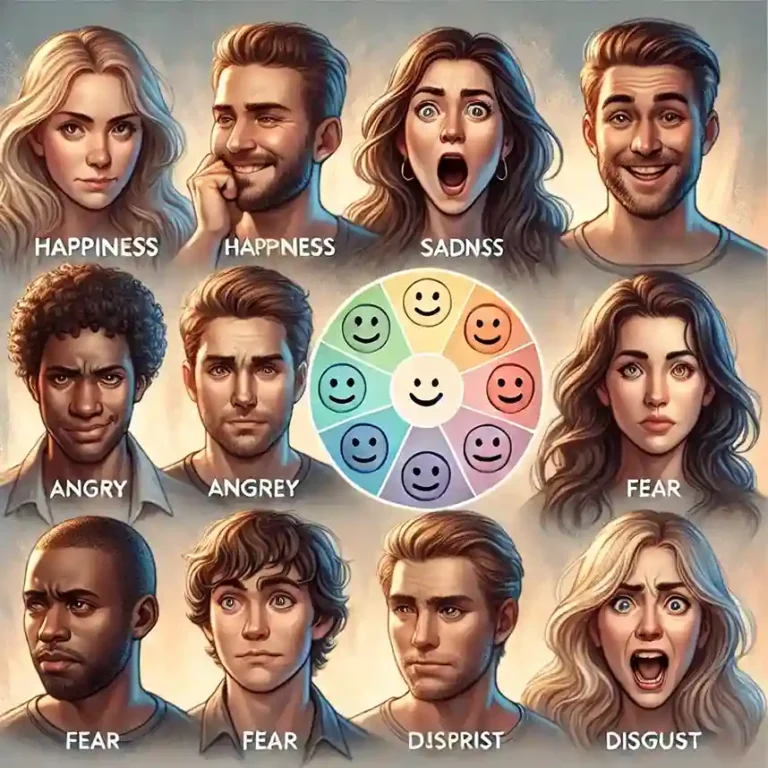The Emotion Wheel – How to Use It
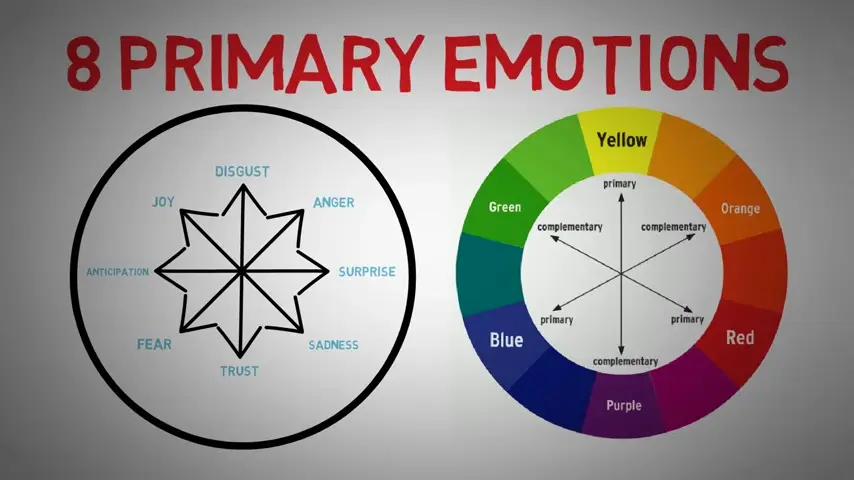
Emotion wheel play a crucial role in our daily lives, influencing our thoughts, decisions, and relationships. Understanding and managing emotions effectively can lead to better mental well-being and stronger interpersonal connections. One of the most powerful tools for this is the Emotions Wheel, a structured representation of human emotions that helps in identifying and expressing feelings more precisely. In this article, we will explore what the Emotion Wheel is and how to use it effectively.
What is the Emotion Wheel?
The Emotion Wheel is a visual model that categorizes emotions into different groups, usually arranged in a circular pattern. The most popular version was developed by psychologist Dr. Robert Plutchik, who proposed that emotions are complex and can be combined to form more nuanced feelings. The wheel typically consists of primary emotions (such as joy, sadness, anger, and fear) that branch out into more specific secondary and tertiary emotions.
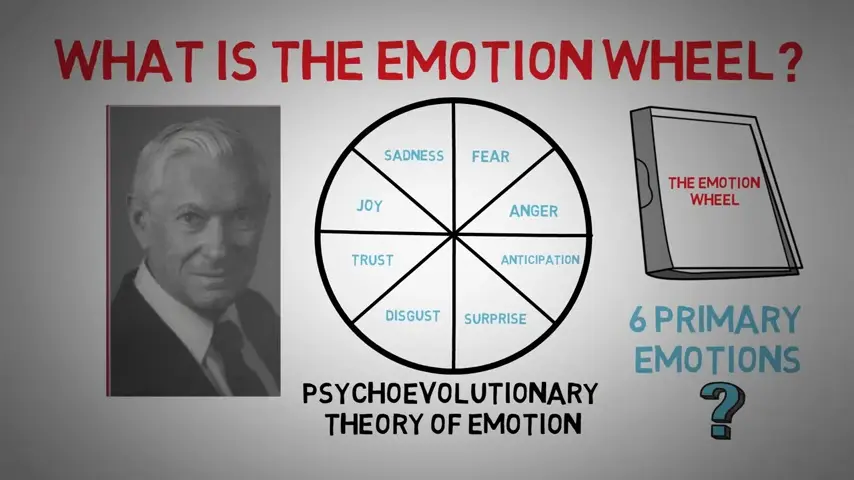
Why Use the Emotion Wheel?
- Improves Emotional Awareness – Helps individuals recognize and label their emotions accurately.
- Enhances Communication – Facilitates better expression of feelings in personal and professional relationships.
- Aids Emotional Regulation – Provides a structured way to manage emotions effectively.
- Supports Mental Well-being – Identifying emotions can be the first step toward addressing mental health concerns.
- Guides Decision-Making – Understanding emotions helps in making more informed and balanced decisions.
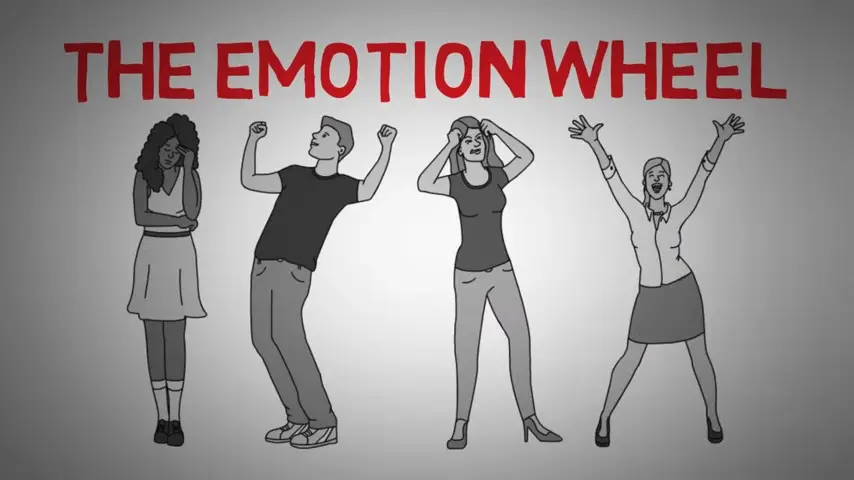
How to Use the Emotion Wheel
1. Identify Your Core Emotion
Start by recognizing your primary emotion. Are you feeling happy, sad, angry, or afraid? These core emotions serve as a foundation for understanding more complex feelings.
2. Explore Secondary and Tertiary Emotions
Once you identify your primary emotion, look at the wheel to see its subdivisions. For example, if you feel angry, it could branch into frustration, annoyance, or rage. This breakdown helps in understanding emotions at a deeper level.
3. Express Your Emotions Clearly
By using the precise language from the Emotion Wheel, you can communicate how you feel more accurately. Instead of saying, “I’m upset,” you might say, “I feel frustrated because I wasn’t heard in the meeting.” This clarity can improve relationships and conflict resolution.
4. Reflect on Emotional Triggers
Ask yourself what caused the emotion. Was it an event, a person’s words, or an internal thought? Understanding triggers helps in managing emotions more effectively.
5. Regulate and Respond Thoughtfully
Once you identify and understand your emotions, you can choose how to respond. Whether it’s deep breathing, journaling, or seeking support, using the Emotions Wheel as a guide can lead to healthier emotional responses.
Read More: The Feelings Wheel
Conclusion
The Emotion Wheel is a valuable tool for enhancing emotional intelligence and self-awareness. By learning to identify, understand, and regulate emotions, individuals can improve their mental well-being and strengthen their relationships. Whether in personal growth, therapy, or communication, incorporating the Emotions Wheel into daily life can lead to more fulfilling and meaningful interactions.
Start using the Emotion Wheel today and take a step toward greater emotional clarity and well-being!

